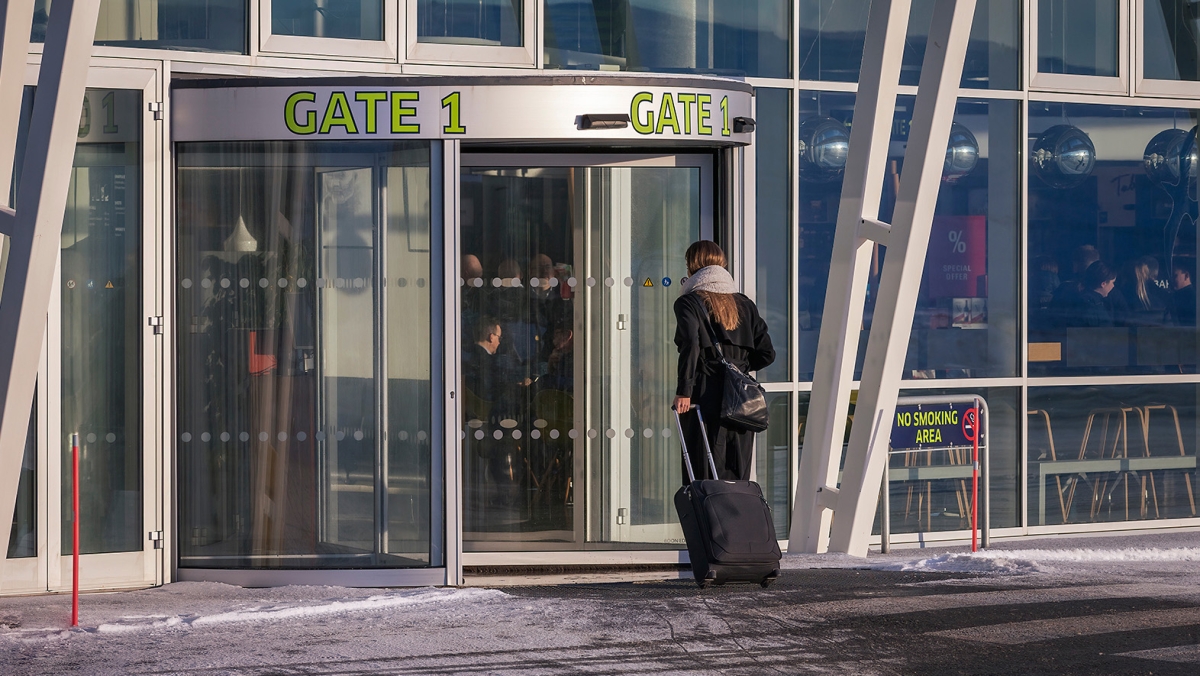Economic sentiment indicator
06. Feb 2023
Less optimism in service and primary sectors

The ESI has stood at 29 in the two most recent surveys. But in the latest survey from January, it dropped down to 17, which is near the long-term average.
The confidence indicators for the service and industrial (mainly fishing and aquaculture) sectors have dropped significantly. The indicator for the construction sector has seen a notable increase, while household confidence has dropped slightly.
[px-graph-1]
The ESI is made up of five biannual surveys gathering the views of households and the four industrial sectors on the current and expected economic situation. The surveys have been conducted twice yearly in January and June since 2006. The latest survey was carried out in January 2023.
The table below shows the results from each of the five surveys from June 2020 to January 2023.
[px-graph-2]
Households now slightly more optimistic
The confidence indicator for households in January was 0, which is a slight increase on the -5 in the June 2022 survey. This slight increase in optimism is based on how households express their outlook on the economy over the next 12 months compared to their view of today’s economy. Although households believe the economy will improve over the next 12 months, the outlook remains below the long-term average.
[px-graph-3]
Not the right time for major purchases
When consumer prices rise, households tend to hold back on major purchases. Compared to the January 2022 survey, significantly fewer households now say this is the right moment to purchase large items such as furniture and electronics. Not since the 2007-2008 financial crisis have we seen net figures this low. Households rarely believe the time is right to buy a new home or a new car. However, consumers expect price growth to slow down over the coming 12 months.
[px-graph-4]
Households believe that today’s unemployment rate will be higher one year from now. The survey questions and graphs are available on the consumer page.
Retail confidence going down
The confidence indicator for the retail sector is almost unchanged from the previous survey. As a major supplier of goods for the domestic market and household consumption, this industry sector is negatively affected by the growing cautiousness of households and the reduced willingness to buy. The retail industry does, however, believe that the past year has been better than in the previous three surveys.
[px-graph-5]
The survey questions and graphs are available on the retail trade page.
More optimism in the construction industry
The confidence indicator for the construction industry saw a relatively high jump in the latest survey, going from 12 to 61. Construction companies generally report that the past 12 months have been good for business.
[px-graph-6]
A growing number of construction companies is expecting increased employment over the next year. Construction companies have, on average, reported that they have secured work for the next 15 months, which is a higher figure than in the previous seven surveys. The companies also report an increase in orders.
The survey questions and graphs are available on the construction page.
[px-graph-7]
Less optimism in primary and service sectors
The industrial confidence indicator fell from 24 to 8 in the latest survey. Companies in this sector believe their market share has weakened and they expect fewer orders from abroad compared to the last survey. The service industry also expresses a dimmer view of the economy compared to the two previous surveys.
[px-graph-8]
Although 2022 became a record year for hotels and tourist numbers surpassed pre-pandemic numbers, companies in the service sector report a drop in demand compared to the last two surveys. Just over half of Faroese hotel rooms were occupied in 2022.
The survey questions and graphs are available on the primary sector page and the services page.
About the ESI
The economic sentiment indicator (ESI) is a composite indicator compiled twice annually (January and June) that calculates the confidence that households and four industrial sectors have in the economy.
Rather than reflecting a real economic figure, the ESI represents the difference between the percentages of respondents giving positive and negative replies about their current and projected economic outlook.
The ESI is a weighted average of the balances of replies to selected questions addressed to households and companies in four industrial sectors.
- Consumers answer 15 questions, counting for 20% of the index
- The primary sector answers 15 questions, counting for 40% of the index
- The service sector answers 5 questions, counting for 30% of the index
- The retail sector answers 5 questions, counting for 5% of the index
- The construction sector answers 6 questions, counting for 5% of the index
The survey questions and methodology conform to ECFIN standards, making the figures internationally comparable.